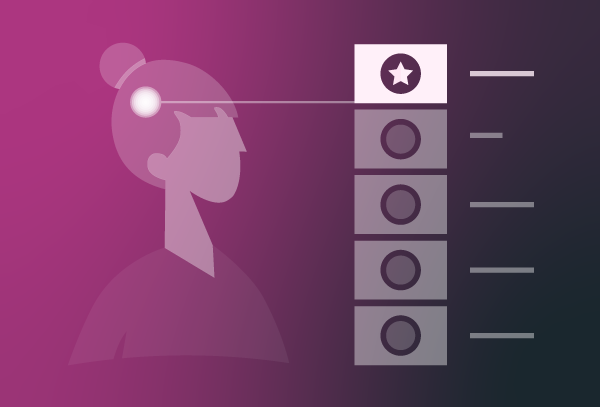'Deliver effective training'. It's a phrase all designers think of when creating a new course or program. And most likely, the second following thought, especially for organisations, is, 'Can I deliver this effective training while also achieving a return on the investment (ROI)?'. As organisations continue to increase their budget to make room for training and learning initiatives, it is becoming increasingly important that the impact and effectiveness of such investments are paying off. The most straightforward way to measure this is through assessments and evaluations that measure your learner's experience. Let's examine how measuring learner ROI can provide valuable insights for instructional designers and organisations.

ROI is a vital measurement of the success of your program. It helps organisations understand the value of their learning investment and whether it is worth investing in. By providing designers and stakeholders with a tangible value of effectiveness, organisations can assess the learning outcomes in relation to their overall goals. For instance, let's take a company that invests in a new eLearning program to train its sales team on sales tactics. By tracking Roi throughout the learning experience and after that, the company can compare their program's cost against the resulting sales increase. If the ROI shows a positive return, it shows that the program has generated a significant financial benefit, validating the investment in training. This measurement can also justify data-driven decisions about resource allocation, future investments, and program enhancements. ROI indicates both the tangible value and success of an eLearning program.
Measuring ROI accurately is essential when it comes to evaluating the effectiveness of a training course. To do this, ensure your assessments align with your learning goals or objectives. A well-designed assessment should reflect the specific knowledge and skills that require development. By aligning a course/program with its goals, designers can evaluate whether learners have achieved the designed outcomes and assess the overall effectiveness of the eLearning program.
Effective programs will provide insights into learner progress and performances throughout the experience. By closely monitoring how learners perform in assessments and evaluations, designers can gauge how much information the learner is retaining to identify skill gaps. Locating where the learner is struggling will allow the designer to support the individual learner in giving them a better learning experience. The more you can make targeted improvements, the more your learners will understand, leading to a higher ROI.
Post-training evaluation allows organisations to assess the overall impact of the eLearning program and, in turn, understand the totality of their investment on a personal level. By gathering feedback from learners and stakeholders, designers can evaluate the effectiveness of the training in meeting the desired learning outcomes. This evaluation can include surveys, interviews, focus groups, and other direct qualitative measures to better understand learner perceptions and satisfaction.
Organisations often rely on quantitative analysis of learning outcomes to measure learner ROI. By analysing assessment results and performance data, instructional designers can quantify the level of knowledge gained, skills acquired, and behavioural changes exhibited by learners. This data provides valuable insights into the effectiveness of the eLearning program and its impact on the organisation's goals.
Measuring learner ROI also involves conducting a cost-benefit analysis. Organisations can determine the return on investment by comparing the costs associated with developing and implementing the eLearning program to the tangible benefits achieved. This analysis helps organisations make informed decisions about resource allocation and future eLearning initiatives.
Measuring ROI is not the end-all or be-all; sometimes, skill acquirement is an invaluable resource worth all the money in the world. But for the sake of business functions and the fact that we are a capitalistic society that measures success by monetary profit, ROI is an essential data point. And by tracking your learners with learner analytics, assessments, and data-driven evaluations, you can check whether your investment has paid itself off. Insights like this empower decision-makers to make the right choices for their learners and for the success of their organisation's future.


